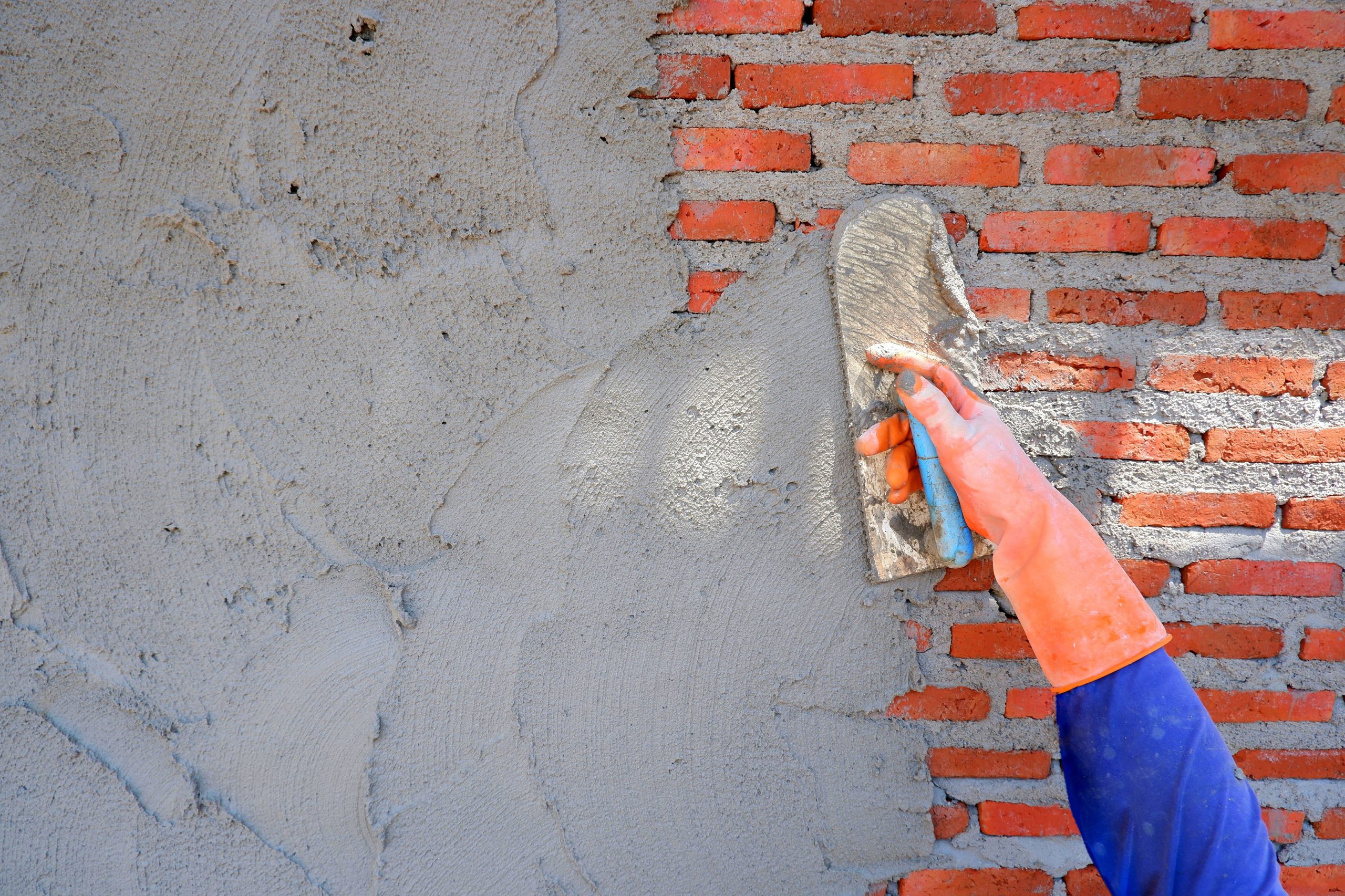Plastering Repair Service: Quick and Affordable Fixes for Cracks and Damages
Plastering Repair Service: Quick and Affordable Fixes for Cracks and Damages
Blog Article
A Comprehensive Overview to Mastering Plastering Abilities for Your Remodelling Needs

Vital Devices and Products
In the world of plastering, having the right devices and products is critical to accomplishing a remarkable surface. Different crucial tools offer distinctive purposes, ensuring performance and precision throughout the gluing process. A top notch trowel, as an example, is indispensable for smoothing and using plaster, while a hawk provides a stable system for holding the material. A joint blade is additionally important for in-depth work, specifically in edges and edges.
Along with devices, picking the appropriate plastering materials is crucial. Gypsum-based plasters are typically preferred for their versatility and ease of usage, while cement-based alternatives are excellent for outside applications because of their toughness. Water and bonding representatives play considerable roles in accomplishing correct uniformity and bond, making sure that the plaster sticks properly to the surface.
Moreover, protective equipment such as gloves, goggles, and masks is essential to guard against dirt and irritation during the application process. By setting up the appropriate mix of products and tools, plasterers can enhance their capability and generate high-grade surfaces, ultimately boosting the general craftsmanship of their work.
Preparing Surface Areas for Smudging
Accomplishing a long lasting and smooth plaster surface begins with thorough preparation of the surface areas to be plastered. This fundamental step is critical to making sure attachment and the durability of the plaster. Begin by examining the problem of the substrate-- whether it is masonry, drywall, or concrete-- removing any loose paint, dirt, or particles that may disrupt bonding.
Next, fix any kind of blemishes such as holes or splits. Use an appropriate filler to accomplish a level surface; this can be vital for preventing future issues. Once fixed, guarantee the surface is clean and completely dry, as moisture can endanger plaster adherence.
For permeable surface areas, it is recommended to use a bonding representative. This product enhances adhesion and produces a trustworthy interface between the plaster and substratum. If functioning with formerly plastered surfaces, it might be required to scuff or sand the location gently to provide a key for the new plaster layer.
Gluing Techniques and Tips
Understanding plastering strategies requires both ability and practice to attain a perfect surface. One important method is the application of the plaster in numerous slim layers, instead than a solitary thick coat.
When using the coating coat, employ a shoveling strategy that entails holding the trowel at a mild angle and operating in a circular motion. This aids to create a smooth surface area and minimizes the look of trowel marks. In addition, maintain a spray bottle of water useful to mist the surface gently; this keeps the plaster convenient and enables address for smoother completing.
Timing is important; work effectively, as the plaster starts to set. When the plaster has firmed up yet is still wet, use a wet sponge to delicately smooth the surface better. Last but not least, permit sufficient drying time before fining sand or paint, guaranteeing your effort leads to a specialist, top notch finish.
Usual Mistakes to Stay Clear Of

An additional usual mistake is applying plaster also thickly. Excitable applications can lead to cracking and long term drying times. It's necessary to apply plaster in thin, also layers, permitting each layer to dry adequately prior to including extra.
In addition, not making use of the right devices can hinder the quality of the finish. Making use of improper trowels or mixers can create disparities in the gluing procedure. Always select top notch tools made for gluing jobs.
Last but not least, numerous individuals underestimate the significance of timing. Operating in improper temperatures or moisture levels can detrimentally influence plaster treating and drying out. It is suggested to examine weather and adapt your schedule appropriately.
Completing Touches for a Specialist Appearance
The last phases of a gluing task are vital for attaining a polished, specialist appearance. When the plaster has dried out sufficiently, the following step is to assess the surface area for blemishes.
After fining sand, it's recommended to clean up the surface area to get rid of any dirt and debris. A damp fabric works for this objective, adhered to by a thorough drying out period. If required, applying a thin layer of completing plaster can improve the surface better, offering a smooth surface.
As soon as the ending up plaster is dry, another round of fining sand might be called for to attain the preferred smoothness. Ultimately, consider using a primer before painting or wallpapering, which will enhance attachment and sturdiness.
Verdict
Understanding smudging abilities substantially improves the high quality of renovation jobs. A complete understanding of crucial tools, surface area prep work, and efficient strategies is crucial for accomplishing professional outcomes. site here Recognition of usual errors permits for the avoidance of pricey errors, while attention to ending up touches makes sure a sleek appearance. Inevitably, the integration of these components adds to the production of smooth, sturdy surface areas that elevate the aesthetic worth of any type of room, highlighting the value of skillful plastering in home renovation endeavors.
Water and bonding agents play significant duties in attaining correct uniformity and bond, guaranteeing that the plaster adheres properly to the surface area. Plastering.


Additionally, keep a spray bottle of water convenient to mist the surface area gently; this keeps the plaster convenient and allows for smoother ending up. (Plastering)
If needed, applying a slim layer of ending up plaster can enhance the surface even more, giving a smooth surface.
Report this page